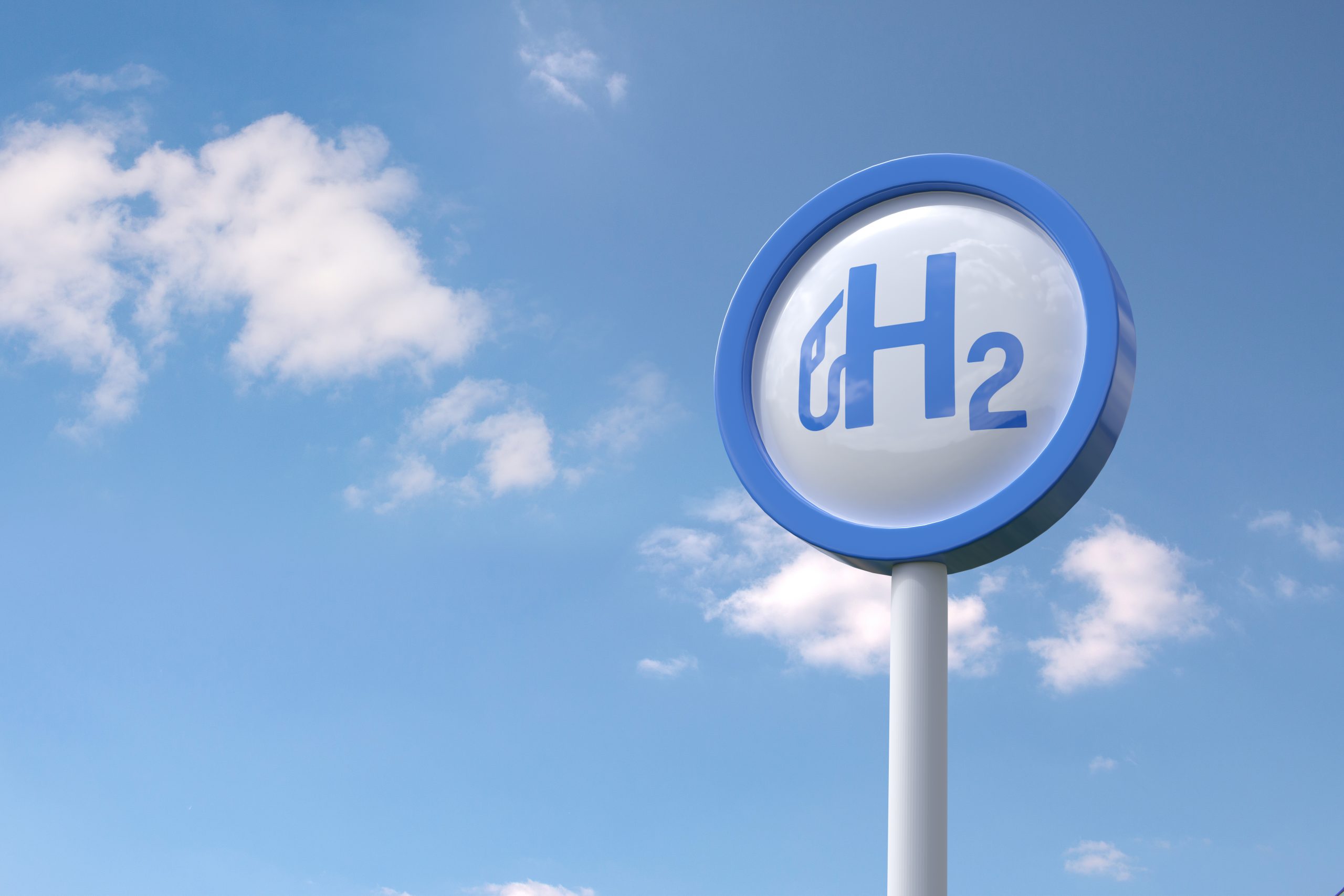Opening speech by President von der Leyen at the “H2Poland” Central European Hydrogen Technology Forum

Dear Marshal Wozniak,
Thank you for the invitation and your pioneering leadership in clean hydrogen.
But before I address Europe’s energy transition, I would like to take a moment to thank every Polish citizen for their extraordinary support to the people of Ukraine. Your entire country is mobilised to help brave Ukrainian people and those who have lost so much.
You are showing the best of Europe.
Distinguished guests from across our European Union,
Dear representatives
of the Republic of Korea
and the United Arab Emirates,
Already before Russia’s barbaric attack on Ukraine we knew that we needed to move away from fossil fuels to a more sustainable economy. This transition will provide us not just with abundant and affordable clean energy, but also with energy security.
Green hydrogen is essential to end Europe’s dependence on an unreliable and dangerous supplier such as Russia. That is why in our new plan, REPowerEU, we have doubled our 2030 target to produce annually ten million tons of renewable hydrogen in the EU. And we shall also import another 10 million tons from abroad. This can replace up to 50 billion cubic metres per year of imported Russian gas.
Today you are meeting in a place that shows how this transition to hydrogen is not only possible, but profitable. Wielkopolska is showing the way to all regions – in Europe and the world – whose economy relies on coal mining.
Since 2018, Wielkopolska has been working hard to become one of the first hydrogen valleys in Europe. Your 2030 plan is already bearing fruit. We see an entire ecosystem emerging. Solar, wind and biomass are replacing coal-fired power plants. Clean energy is then turned into clean hydrogen. And that hydrogen is used to power heavy industry or to heat homes, like the innovative housing estate in Piła, and to fuel mobility.
In fact, the first fleet of hydrogen buses is coming to Poland this year. As of next year, these buses will be built here locally, with a target of 100 vehicles per year. This means many more local jobs. And programmes like Hydrogen School are giving workers the skills to take up those jobs. Including those men and women, who come from generations of hard-working coal miners. Your example shows what the European Green Deal can do:
It is farsighted industrial policy. It is Europe’s growth strategy. And it creates good jobs – not only here in Poland.
Across the Union, regions are building hydrogen ecosystems, like yours. In fact, I am convinced that your example can inspire many others. And it should, because we need to expand the European hydrogen economy as a matter of urgency.
Today I am here to say: The European Commission is your partner in this. So let me explain three actions we are taking to accelerate the hydrogen transition.
First, by giving the industry the predictability you need.
Second, with massive public investment.
And third, through our alliance with the private sector and advanced research.
Let me start with predictability. Tomorrow, the Commission is adopting a regulatory package for green hydrogen. Then, the main regulatory parameters will be in place. For the completion of an integrated gas and hydrogen infrastructure, including storage and port infrastructure. We have set in Europe the targets for 2030. And now we deliver the rules of the game. Thus, the hydrogen industry has now all the clarity it needs to plan for the future. So all our regional ecosystems can merge into a truly European hydrogen market. And what has begun in Europe, in our regions, will become a competitive global market.
A clean and lucrative hydrogen market led by Europe and its partners that in the decades to come will replace the global market for dirty fossil fuels. With the current rise in gas prices, green hydrogen can already be cheaper than grey hydrogen. Our target is to bring its cost below 1.8 euros per kilo by 2030. And this goal is within reach. Because the investments are coming. I am talking about both public investment and much greater private investment which we can unlock.
This is my second point. We have to scale-up clean hydrogen production, expand its applications and create a virtuous circle where demand and supply feed each other and bring the prices down.
Our recovery plan, NextGenerationEU, is worth 800 billion euros in current prices over 4 years. Over one third of this will finance the goals set in the European Green Deal to ensure sufficient renewable electricity to produce renewable hydrogen. 9.3 billion euros from NextGenerationEU are going straight into hydrogen projects. And this is just the beginning.
The Commission is assessing State Aid for hydrogen projects as a priority. Our Important Projects of Common European Interest on hydrogen shall be approved by the summer. This will kickstart large industry-driven investments, which are worth well over 50 billion euros. Hydrogen is a perfect example of what public-private partnerships can achieve.
Your region is a pioneer here as well, with cooperation between the public sector, industry, and academia. It is the same concept that has inspired our European Clean Hydrogen Alliance. Because our entire hydrogen transition is about cooperation.
As the next step, we recently launched the new Clean Hydrogen Partnership. It will add one billion euros to research and innovation, matched by another one billion from industry. It will bring innovative technologies from the laboratory to the factory floor and, ultimately, to European businesses and consumers.
This is how we can build, together, a European hydrogen economy. We have the targets. We are building a market. The investment is there. And regions are making it happen.
Because green hydrogen is not just a huge commercial opportunity. Green hydrogen is good for the planet. Green hydrogen is good for energy security. And energy security is an important pillar of our European independence.
Thank you.
